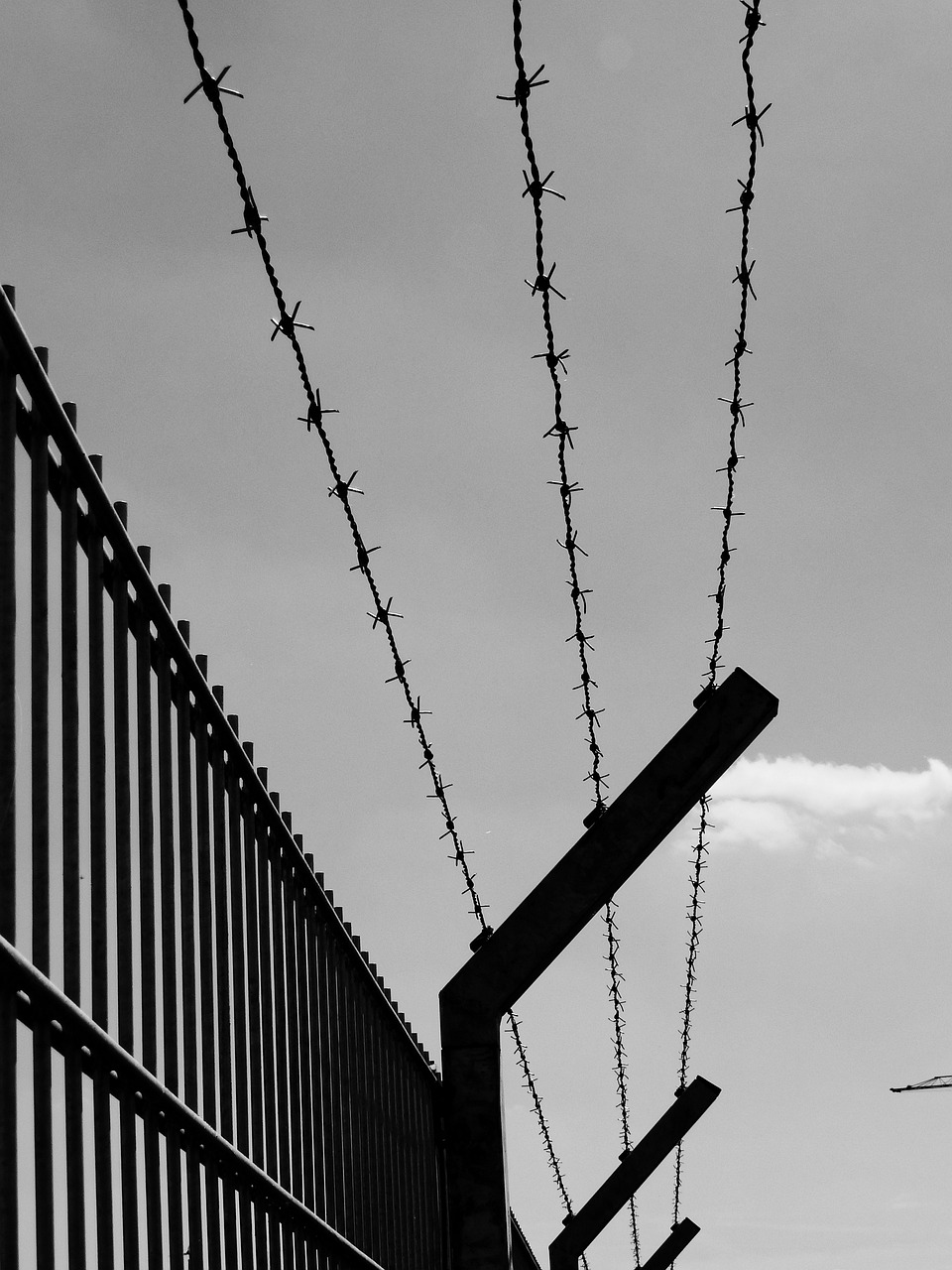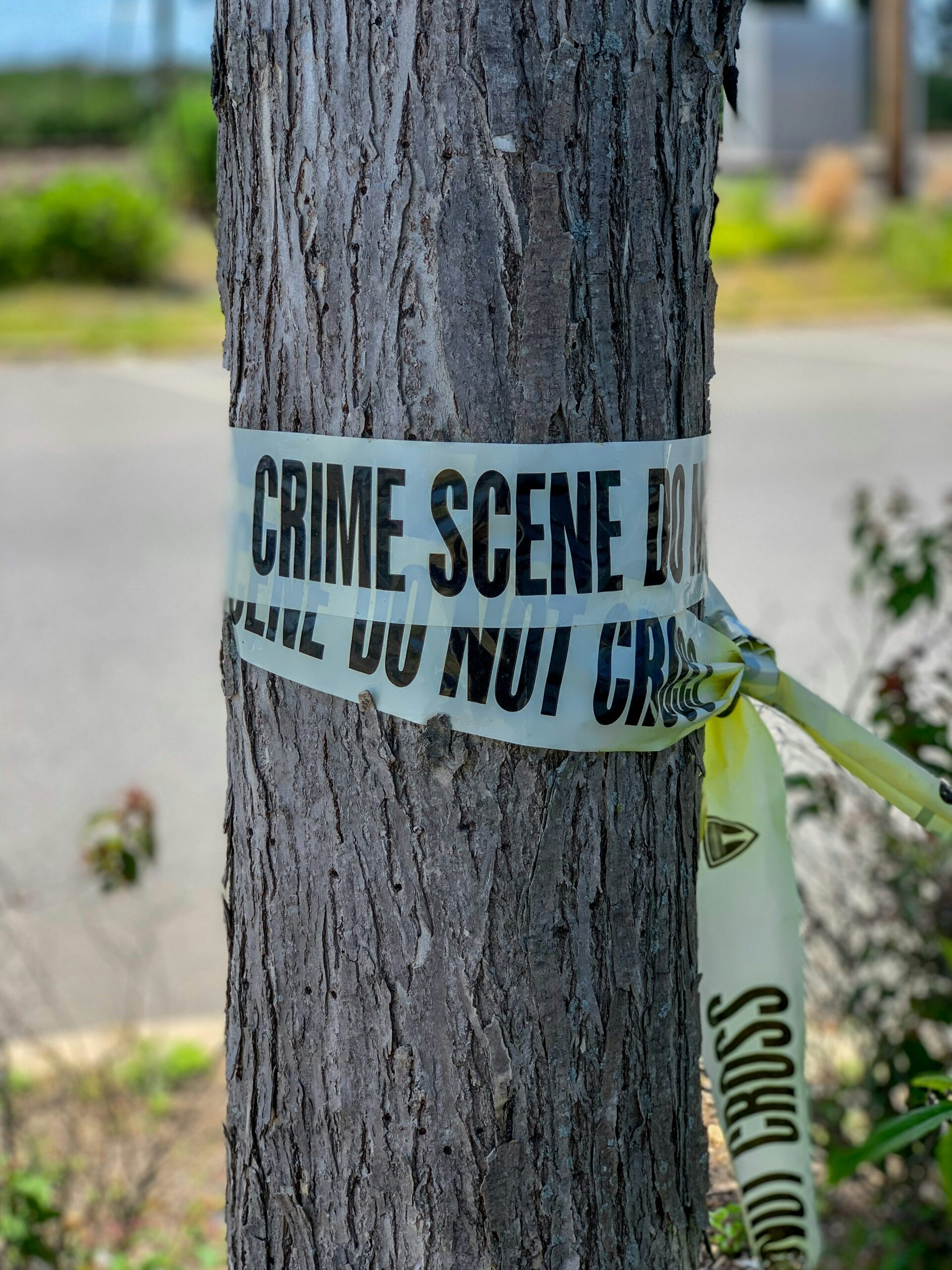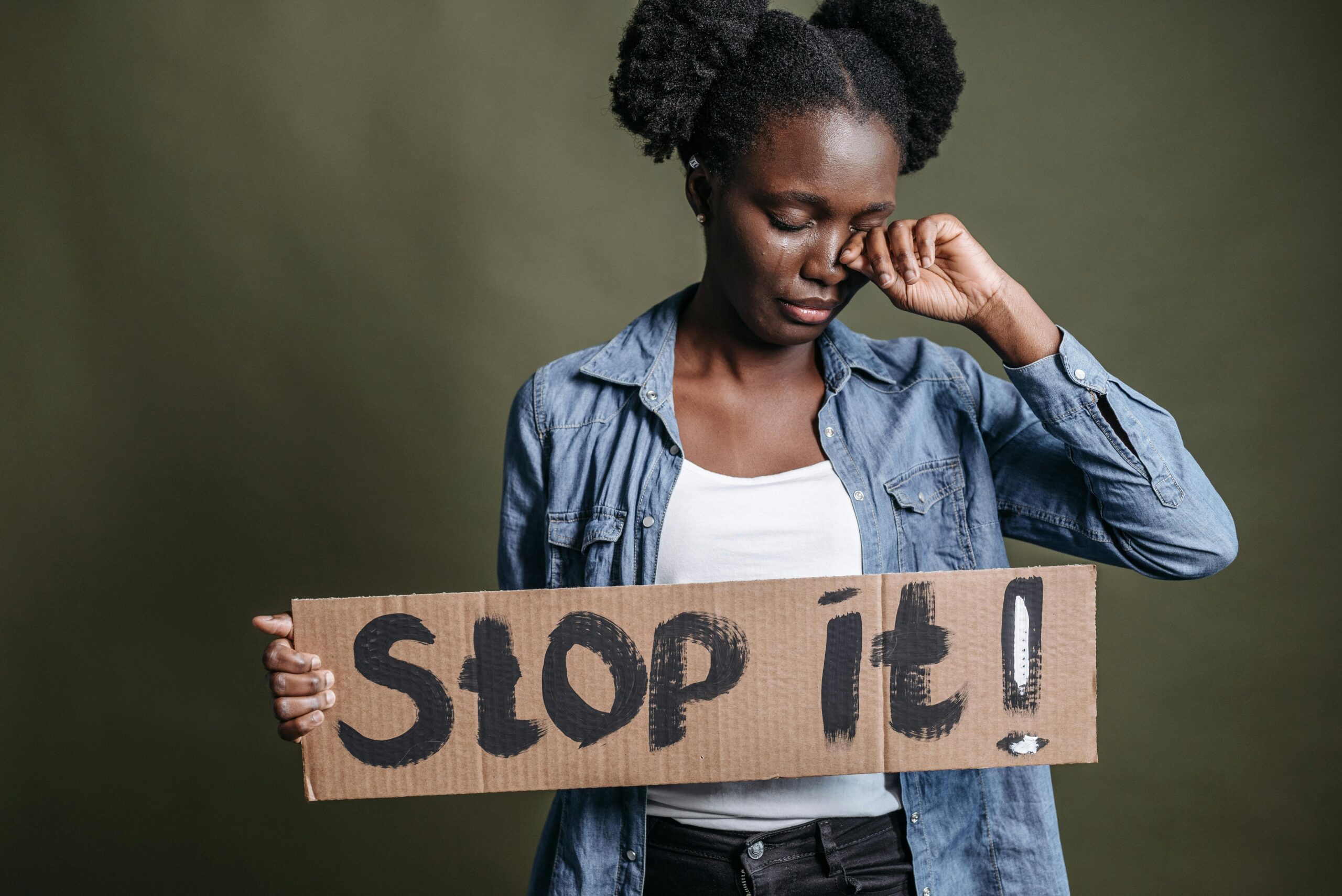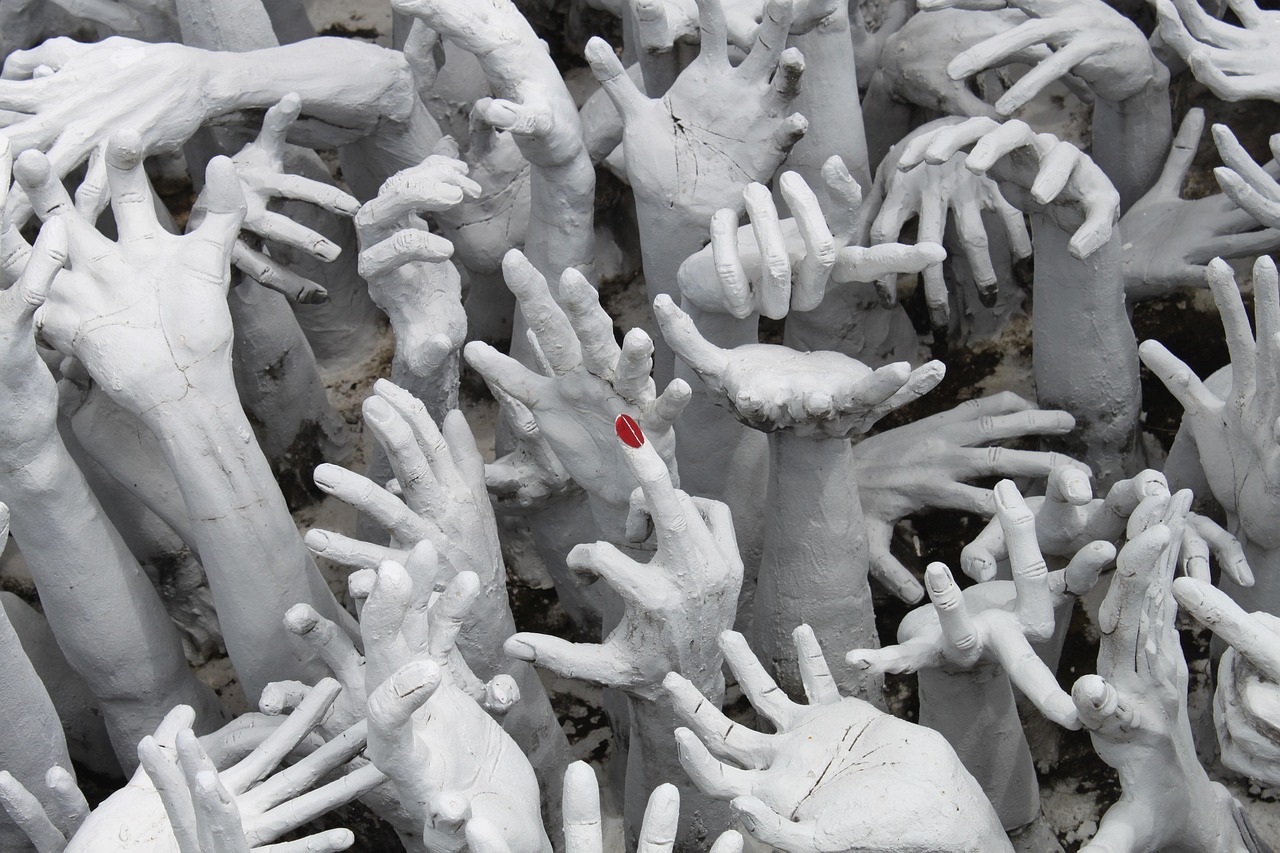The discriminatory migration practices of EU-countries and its implications
By Frida Månsson
In February 2022 the world watched in horror as news aired that Russian troops had launched a full Invasion on Ukrainian territory. What had commenced in 2014 was rapidly escalating. In the weeks and months following the invasion, media outlets worldwide kept covering the atrocities taking place. People fleeing the war began arriving in neighbouring countries such as Poland, in increasing numbers. The European community came to gather in an unanimous effort to welcome the refugees with open arms.
But what was happening to asylum seekers of other ethnicities? The warm welcome was most certainly not extended to all. Just weeks before the war broke out the most common footage of refugees trying to seek asylum in Europe was people being violently pushed back by the Greek coastguard, detained in camps under abhorrent conditions or physically assaulted by police. After the invasion the situation remained the same, even at the Polish
border where Ukrainian citizens crossed freely while non-white refugees were beaten trying to do the same.
Outside The Lense
The unequal treatment of refugees at the borders shines light on the double-standards of European migration policies. The racism expressed implicitly and explicitly through the actions of civilians, officers and even politicians in the highest positions of European countries, is something the EU itself is all too aware of. Yet, during the Syrian refugee crisis in 2015, the union refused to activate the The Temporary Protection Directive (TTPD) – which can be implemented “to provide immediate and temporary protection in the event of a mass influx or imminent mass influx of displaced persons from non-EU countries who are unable to return to their country of origin”. When in place, the TTPD ensures that asylum seekers have access to healthcare, welfare systems, education etc. After the Russian invasion of Ukraine it was activated after less than two weeks.
Many articles scrutinising the discrimination against non-white refugees and migrants in the EU have been published, and when stories of the inequalities at the borders started emerging in 2022, it received some media coverage. But since then, this critique has been drowned out by the meticulous coverage of the Russian ukrainian war. What is happening in the camps now? Who deserves security and who does not? The UNHCR lists the Ukrainian
refugee crisis as one of eight currently ongoing emergencies in the world. As a European, do you know the other seven by heart?
A Critical Approach
There are many explanations to the malpractices in the EU illuminated by the Ukrainian refugee crisis. Racism, islamophobia and the practice of othering are just a few. Others emphasise the historical ties between Ukraine, Hungary and Poland as a possible reason for the otherwise anti-immigration nations sudden acceptance of millions of displaced people. But perhaps the most pressing issue to address is not trying to prove whether racism exists
and how it is expressed. A critical situation requires critical questions.
A critical analysis on the systemic level questions not only the injustices we can observe, but the structures allowing them to happen. Instead of questioning the migration-policies of the EU, the very construction of the EU as an organisation and who is benefitted by its existence should be up for debate. Rather than simply proving that violence is used disproportionately
against non-white refugees, the residual colonial hierarchies and how they are expressed needs to be exposed. With this approach, racism is not something that can be isolated and studied as a phenomenon simply between humans but is intertwined with the very concept of the modern state and security.
With impending future crises caused by war, conflict and perhaps above all, climate change, the unjust migration system made visible by the Ukrainian refugee crisis should serve as a cautionary tale. The global challenges the world is facing calls for a system of global justice. But for such a world order to be possible, the systems of the old world and its prevailing old hierarchies, need to be dismantled.




